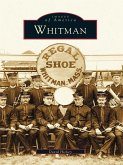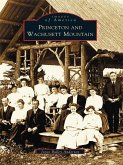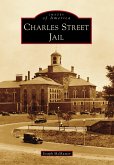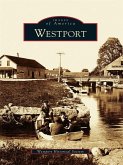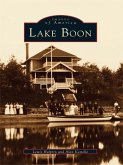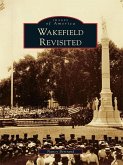Incorporated in 1713, Medway began as a farming community of two hundred thirty-three. It was not long before the waterpower of the Charles River and Chicken Brook stimulated the formation of cotton and paper mills, straw and boot factories, and a variety of cottage industries. Through vintage images from the 1850s to the 1960s, Medway demonstrates the central importance of the Charles River and the thriving town that grew alongside it. Included are images of trains and streetcars; recreation, such as canoeing, picnicking, and fishing; Woodland Park, a popular stop that included a zoo; and the 1913 bicentennial celebration on the banks of the river. Today, the one-room schoolhouses are gone and the country stores have moved to the mall, but the open town meetings continue and Medway retains its small-town flavor.
Dieser Download kann aus rechtlichen Gründen nur mit Rechnungsadresse in A, B, BG, CY, CZ, D, DK, EW, E, FIN, F, GR, HR, H, IRL, I, LT, L, LR, M, NL, PL, P, R, S, SLO, SK ausgeliefert werden.



